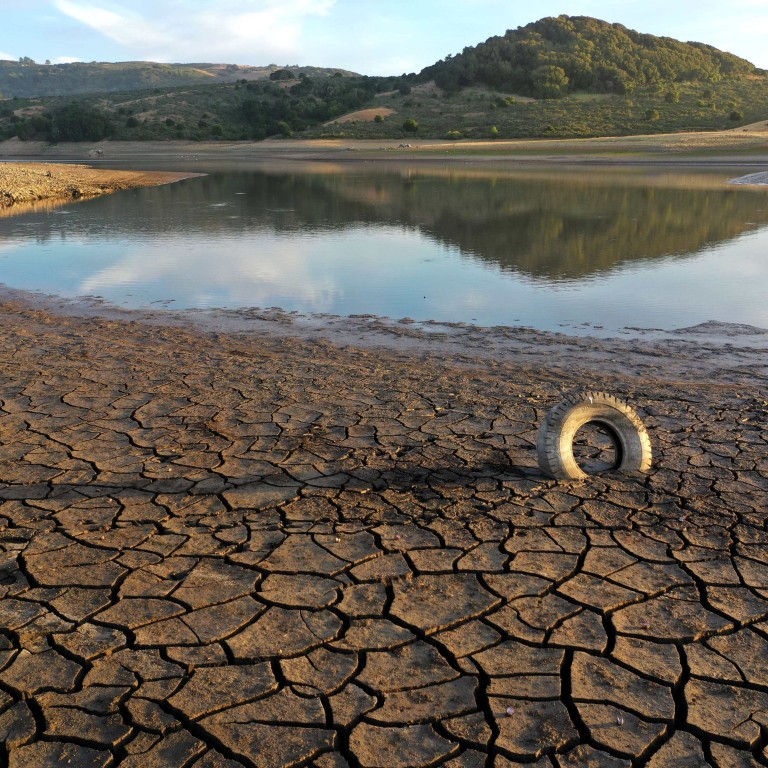
UN warns drought may be the next pandemic, ‘and there’s no vaccine’ for it
- Drought – like a virus – tends to last a long time, have a wide geographic reach and cause knock-on damage, a UN representative said
- About 130 countries could face a greater risk of drought this century under a high-emissions scenario cited by the UN
“Drought is on the verge of becoming the next pandemic – and there is no vaccine to cure it,” Mami Mizutori, the UN’s special representative for disaster risk reduction, told an online press briefing ahead of the report’s release.
Already, droughts have triggered economic losses of at least US$124 billion and hit more than 1.5 billion people between 1998 and 2017, according to a UN report published on Thursday.
But even these figures, it said, are “most likely gross under-estimates”.

Global warming has now intensified droughts in southern Europe and western Africa, the UN report said with “some confidence”. And the number of victims is set to “grow dramatically” unless the world acts, Mizutori said.
About 130 countries could face a greater risk of drought this century under a high-emissions scenario cited by the UN.
Another 23 countries will confront water shortages because of population growth, with 38 nations affected by both, it said.
It can indirectly affect countries which are not actually experiencing the drought through food insecurity and the rise of food prices
Drought – like a virus – tends to last a long time, have a wide geographic reach and cause knock-on damage, Mizutori said.
“It can indirectly affect countries which are not actually experiencing the drought through food insecurity and the rise of food prices,” Mizutori said.
The UN expects more frequent and severe droughts in most of Africa, Central and South America, Central Asia, southern Australia, southern Europe, Mexico and the United States.
Southeast Asia to suffer intense, more frequent drought without government action: UN and Asean report
Ibrahim Thiaw, executive secretary of the UN Convention to Combat Desertification, told the Thomson Reuters Foundation that deteriorating soil, caused in part by poor land management, had brought the world close to “a point of no return”.
The UN has not researched the effect that desertification could have on internal migration within continents but Thiaw said that it was no longer unthinkable, even in Europe.
“It is certainly a phenomenon that is happening in other parts of the world and may well occur in Europe,” he said
More than 40 per cent of the European Union’s agricultural imports could become “highly vulnerable” to drought by the middle of this century due to climate change, according to a separate study.
